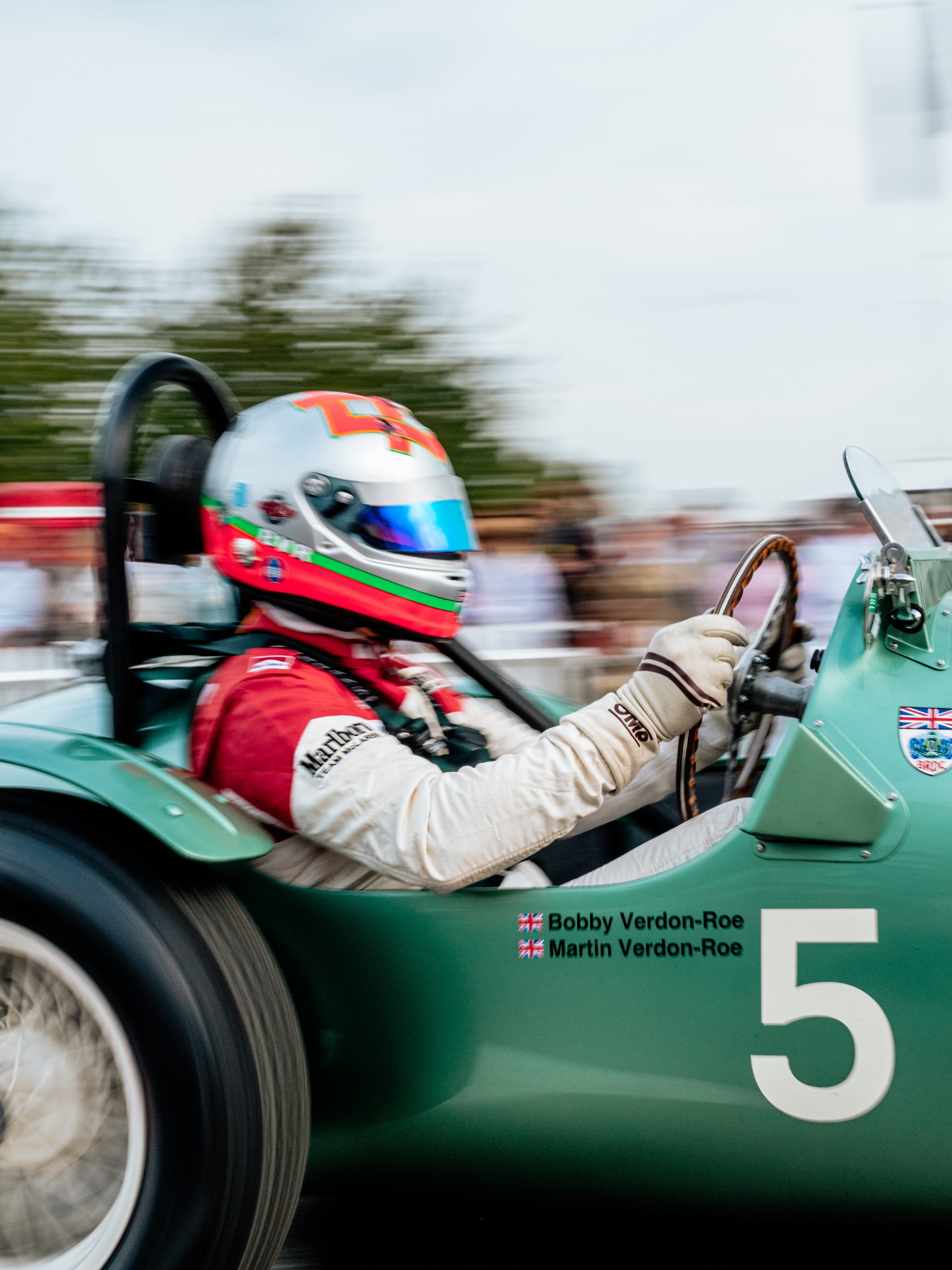Before Aston Martin’s Valour, came 'The Muncher’ | Thank Frankel it’s Friday
 Andrew Frankel
Andrew Frankel
Earlier this week, I drove the new £1 million Aston Martin Valour, and while I’d love to tell you all about how the world’s only manual, twin-turbo V12 machine performs on the open road, a tedious little construct called an embargo precludes me from doing so. But I will, and soon.

The reason for its existence (save the fact that Aston can make a stack of cash from the 110-off and already sold-out production run) is no secret. And it’s all down to a very wealthy individual who commissioned a car that used a spare carbon monocoque from the One-77 hypercar to create a car called Victor. Aston’s masterstroke was persuading him to let a few of us hacks drive it and it fair blew our mind. I cannot remember another one-off car creating such a stir in the media. Contractually unable to make any more Victors and probably clean out of One-77 shells too, Aston decided to create something not entirely dissimilar, but using the rather more plentiful Vantage as a base, and the Valour was the result.
But I want to talk about the car that inspired both Victor, Valour, and the forthcoming track-focused Valiant. And this one was called the V…, actually no it wasn’t. It was called The Muncher.
This, you understand, was not the car’s official name, but one which legend has it, reflected its appetite for brake discs, though I’ve heard it was quite partial to tyres and gearboxes, too. It started life in 1970 as a standard street DBS V8 yet ended the decade as a Le Mans racing car.

And it was all down to one man: car racer and dealer, Robin Hamilton. It was already quite an old car when it first raced in 1974, not that that was going to hold him back, any more than was the fact that the model he had chosen had zero racing heritage, weighed a ton (I’m talking figuratively, in reality it weighed far more than that), and offered to the air the frontal area of an overladen container ship.
But he worked on it, modifying its engine, chassis, brakes, and bodywork, even taking it to the wind tunnel at MIRA to have a look how high speed lift could be ameliorated without introducing excess drag. It was, Hamilton thought, ready for Le Mans.
Teaming up with Dave Preece and Goodwood star (and Le Mans veteran) Mike Salmon, he entered the 1977 race only to find himself on the reserve list. But it squeezed its way in, in time to qualify in 55th and last place: now with 527PS (388kW), it wasn’t that down on power but it was still only good for around 180mph on the Mulsanne, while the Porsche 936s at the other end of the grid were pushing 220mph. Around a long and very fast lap, that’s a hell of a disadvantage.
I knew Salmon well and he talked fondly of the car even though it wasn’t the fastest thing out there. And it rumbled around for every one of the 24 hours, delayed only by the need to change some thoroughly munched brakes and wounded up coming home 17th overall and third in the GTP class. So perhaps now is not the time to mention that only 20 cars finished the race at all, of which just three were in the GTP category.

It missed the 1978 season while it was being developed further and turned up at Le Mans the following year with a twin-turbo motor giving 659PS (485kW) in race trim which could be boosted to 811PS (596kW) in qualifying. But its weight and shape were always against it, it still qualified at the back and the overstretched engine burned a piston long before sundown.
And that, save a successful attempt to break the Land Speed Record for a car towing a caravan the following year (Hamilton managed 125mph), there the story of the Muncher, at least in period, ends.
Yet, its significance extended far into the future, and not just in the form of the Victor and Valour. The Muncher gave Hamilton the taste for Le Mans and with all he learned, reckoned he could create a brand new full prototype for the new Group C rules to be introduced in 1982. And that led to the Lola-based Nimrod, which came home in seventh place driven by Ray Mallock, Simon Phillips, and Salmon. Moreover, it was the first Group C car to cross the line after the dominant factory Porsches. That programme lasted three years, but with diminishing success. It did, however, influence Aston to create its own Group C car, the thunderous AMR-1, which raced in the World Endurance Championship in 1989 with a best finish of fourth place at Brands Hatch.
So, when you see in flesh or photo a Victor, Valiant, Valour, Nimrod, or AMR-1, just remember that one way or another, they all owe a debt of thanks to the mighty Muncher.
Images courtesy of Bonhams|Cars.
Road
News
Thank Frankel it's Friday
Aston Martin
The Muncher
Valour
Victor
Valiant
DBS V8




